Avocado Pests and Diseases: How to Identify and Treat Them
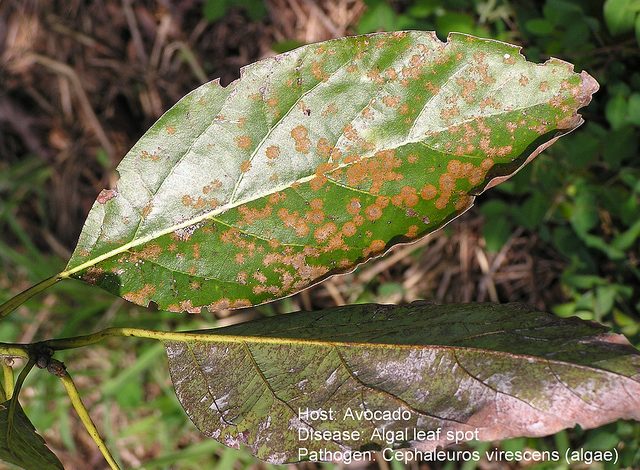
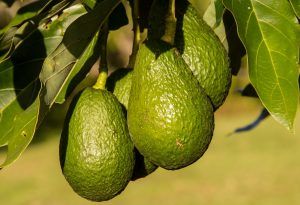 The production of avocados is very important in the world and this has led to the establishment of different studies in order to ensure the health of the plants.
The production of avocados is very important in the world and this has led to the establishment of different studies in order to ensure the health of the plants.
If you have a tree in your garden, it is logical that you also want it to be in optimal conditions at all times because a great harvest depends on it.
But what happens when some strange agent arrives to interfere with the work you have done with so much effort? The idea is to know the main pests and diseases of the avocado, as well as the treatments that can help you fight them. Do we see it?
seed weevil
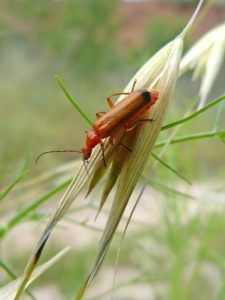 It is one of the most damaging pests in avocado cultivation because its larvae feed specifically on the stone.
It is one of the most damaging pests in avocado cultivation because its larvae feed specifically on the stone.
This, of course, has a wide-ranging negative effect on yields, so it’s quite possible that up to ¾ of the crop will be lost.
The larva phase is the most damaging because they have the ability to enter through the pulp and settle in the seed, consuming the interior.
It is possible to show (sometimes with the help of a magnifying glass) the damage that occurs through the avocado skin. But the most normal thing is to realize it at the moment when the fruits begin to fall without ripening or being rotten.
To attack the problem it is necessary to execute several actions. The first is to control the adult population, since the larvae being inside the fruit makes it difficult. It is possible to work with specific insecticides for the foliage that help eliminate the pest.
In the case of contaminated fruits, it is necessary to remove them and burn them to prevent the larvae from remaining in the environment and changing their phase. This burning process is the second action and it is essential even if it causes pain due to the loss of the fruits.
thrips
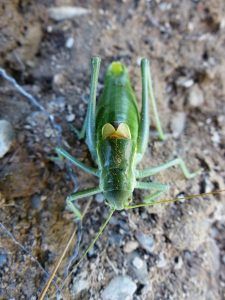 Thrips are part of the headaches that growers usually have when spring arrives, which is when they make their appearance.
Thrips are part of the headaches that growers usually have when spring arrives, which is when they make their appearance.
They are interested in the sap that runs through the structure of the leaves, so when they consume it they end up drying it, making them change from green to brown.
And this preference is oriented more to the most tender shoots, which inhibits the growth of the plant. This problem has a negative impact on the life of the plant, depriving it of energy and preventing it from executing its processes normally.
Thrips are also capable of affecting the fruits, although in general they do not cause major rot. However, they are capable of making you lose the marketing opportunity, especially when they attack in the early stages of the fruit.
If they appear when they are still tender, the epidermis may even develop bumps. Another problem associated with the presence of thrips is the appearance of diseases such as anthracnose, when the attack is very large.
Thrips are small in size, which makes it very difficult to find them, and they hide on the underside of the leaves, which makes it more difficult.Sulfur is a very valuable resource to deal with thrips, either by mixing it with lime, both in its hydrated and distilled versions.
The sadness of the avocado tree
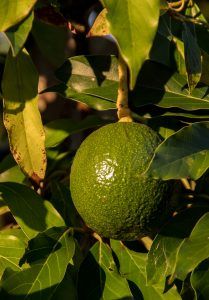 A disease of the avocado tree, as you will already notice by means of its own name.
A disease of the avocado tree, as you will already notice by means of its own name.
It is a fungus that establishes itself in the substrate and is capable of attacking at any time, regardless of the age of the tree.
And what symptoms are associated with this disease? It starts with rotten roots and little by little it shows the negative effects on the crown.
In it, the leaves become chlorotic and the branches necrotic, the new leaves do not grow to a good size, the leaves that are in the highest part fall, etc.
It is a fungus that attacks progressively, so if it is not treated in time it can even lead to the death of a specimen. The greatest detail is that preventive actions are the ones that can help because it may be too late for corrective actions.
The ideal is to ensure a soil with good drainage, apply a fertilization system that is optimal for the trees and avoid excessive irrigation.
When any of these conditions fail, the chances of suffering attacks of avocado sadness increase.
anthracnose
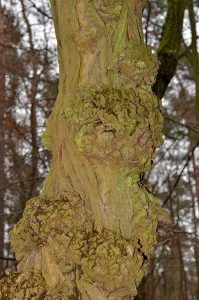 It is a fungal-type disease that has the ability to attack the young parts of the plant, as well as causing considerable damage to the fruits.
It is a fungal-type disease that has the ability to attack the young parts of the plant, as well as causing considerable damage to the fruits.
In the first case, the fungus is located in shoots, flowers, branches, buds, etc., which are preferably tender.
In the fruits it can also be established generating a negative impact with damage to the structure, turning it black.
These black spots sink and expand, until they are able to cover a large part of the structure of the fruit.
The worst thing is that it is not only capable of manifesting itself while it is still in the field, but it is also possible that it is generated even in the post-harvest. Being a disease, preventive actions are essential to stop the possibilities of progress and, in this case, high humidity favors it.
The use of special fungicides for this type of fungus may be beneficial when used in the early stages of the disease.
Otherwise, it is very likely that the effects will not be as expected if some time has passed and the damage is very advanced. The soft and delicious pulp of the avocado has made it a gastronomic favorite in many parts of the world.
This requires growers to offer crops in excellent condition for the commercial value to stand out. When pests or diseases make an appearance, achieving this goal seems almost impossible.
That is why it is essential to be well informed of everything that each one of them implies, to know the symptoms and, above all, the treatments to deal with them as soon as they attack.
Bibliographic references
- Avocado pests and diseases, F Morales – 1996 – sidalc.net
- Avocado cultivation, A Fersini – 1975 – sidalc.net
- Avocado pests and diseases, E Salazar Martínez – 1967 – sidalc.net
- Avocado pest management, HR Espinoza – 2006 – 191.103.79.102
- Avocado diseases, PJT Molano – Polytechnic Review, 2007 – revista.elpoli.edu.co
- Avocado diseases in Florida, HE Stevens, RB Piper – National Faculty Magazine of …, 1942 – revista.unal.edu.co}
- Avocado diseases, OD Puerta Echavarria – 1988 – sidalc.net
Maybe you are also interested in:
- How often and how to water my avocado?
- 4 Avocado Pests and Diseases: [Causes and Solutions]
- 8 Most Famous Types and Varieties of Avocados
- How to Fertilize Avocados: [Methods, Dates and Components to Use]
- How to Germinate the Avocado Stone
- How to Prune an Avocado Tree: [Guide on Avocado Tree Pruning]


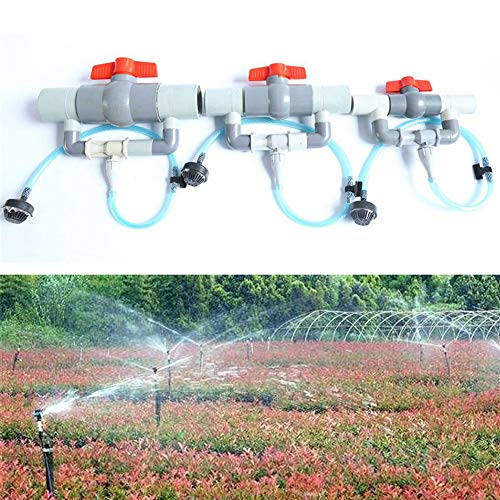
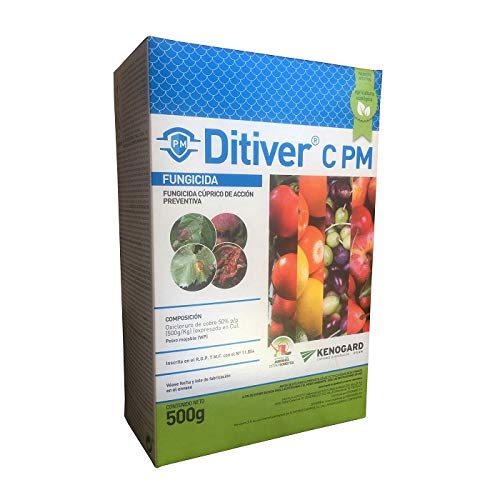
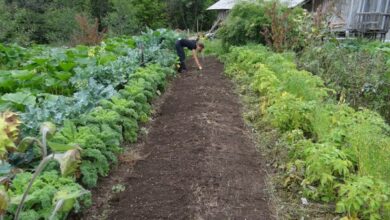
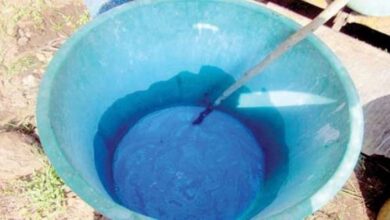
![Photo of Suntan Virus: [Characteristics, Detection, Effects and Treatment]](https://www.complete-gardening.com/wp-content/uploads/2022/08/suntan-virus-characteristics-detection-effects-and-treatment-390x220.png)
![Photo of Prune an Holm Oak: [Importance, Time, Tools, Considerations and Steps]](https://www.complete-gardening.com/wp-content/uploads/2021/06/Podar-una-Encina-390x220.jpg)